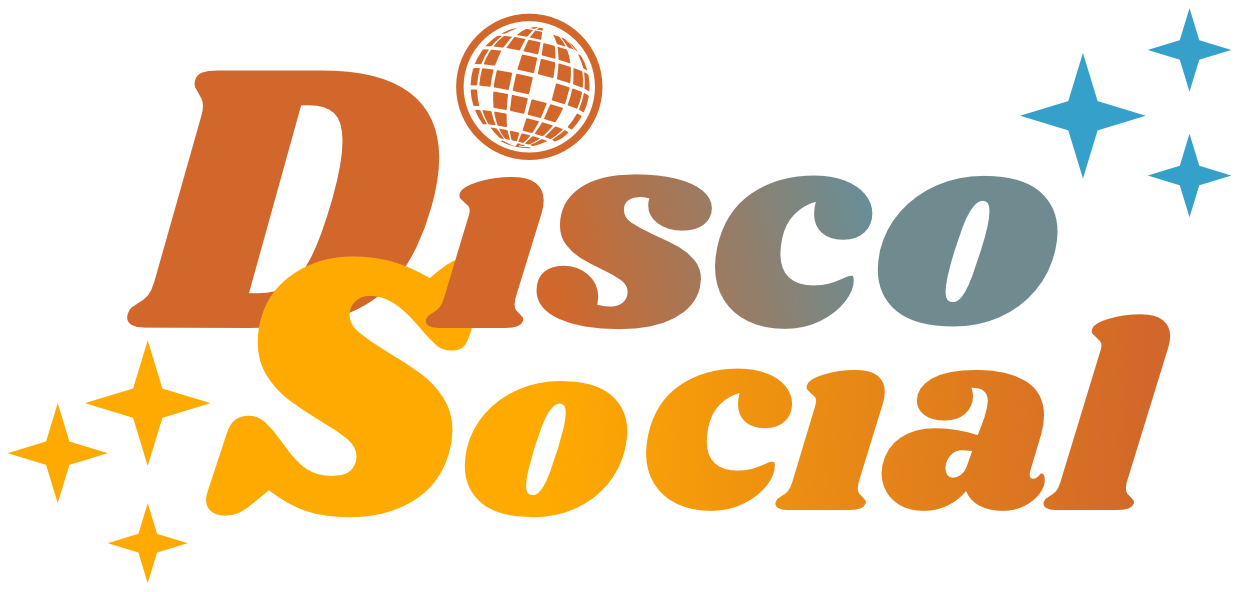Beyond the Numbers: 3 Tips for Working with Social Media Algorithms
To the average social media user, algorithms curate feeds to keep your attention for as long as possible. They present users with content they’d most likely interact with. They also aim to create better experiences for users. But for businesses who want to take on social media marketing, algorithms are data puzzles to solve — and when they’ve managed to optimize it, they can boost the reach of their content. Otherwise, they’ll end up struggling to get their content seen by the right audience.
But algorithms shouldn’t be as complicated as they sound.
Below are a few things you can do to get social media algorithms to work for you.
Understand how the algorithms work on each platform
Perhaps one of the most important things to do is to understand how algorithms work. A simplified explanation of an algorithm is that it’s a series of instructions that a computer follows to make decisions. But keep in mind that every social media platform has its own algorithm. For instance, Instagram’s five algorithms look at a number of key aspects — including how likely a user will be interested in the content, how recent it is, and how engaging it is.
On the other hand, Facebook aims to curate feeds that let users have meaningful interactions with other people. This means the algorithm will be prioritizing posts by friends, family, and groups. This leads to fewer public posts, such as those from businesses and media. So if you’re trying to work with algorithms, you may want to prioritize business-friendly platforms.
Rely on data-based insights
Data-driven marketing is a strategy that utilizes customer information to gain insights, discover trends, and game the algorithm. These data can be acquired through customer interactions and third parties to better know customers’ motivations, preferences, and behaviors. If analyzed properly, a company will be able to create or adjust a marketing strategy to reflect their findings — which will result in an increase in user engagement that may lead to customer conversion.
Because of this, data analysis has become an important part of how marketing is taught at higher education institutions. Today’s marketing graduates will have been taught the fundamentals of social media engagement and data analytics, and be able to compare metrics like engagement rate. This allows them to reach across different social platforms and provide recommendations to improve them. This includes knowing what kinds of posts your followers like and which platforms drive the most brand awareness.
Consistently post content relevant to your brand
Posting consistently can keep your brand on top of your audience’s minds. When building your schedule, consider peak hours. For example, on Instagram, the peak time would be 9 am to 11 am EST. While this won’t automatically result in more engagement, your content has more chances of being seen by people.
Aside from consistency, you should also only post content relevant to your brand. Posting simply for the sake of posting won’t improve top-of-mind awareness for your brand. Luckily, there are many good content ideas you can work with — such as interviewing guests related to your industry and posting a special discount or offer. If you feel like you’re running out of original content at the moment, you can turn to user-generated content. This builds trust and credibility around your brand since potential customers see that those who avail of your products or services had a good experience.
- Written by Allie Cooper
